What Does JDM Stand For?
JDM is an acronym for Japanese Domestic Market vehicles and refers to cars manufactured only for the Japanese market. It is also used generically to refer to custom styles that use Japanese specific parts. If a custom car in Japan uses American-specific parts, they might be known as USDM.
Are all Japanese Cars JDM?
No. Cars and trucks that are manufactured in or exported to the United States are not JDM vehicles.
For example, Toyota is a Japanese automobile manufacturer, but they produce cars for an international marketplace, so their vehicles will be built for international markets and not exclusively for the Japanese marketplace. Trucks like the Tacoma and the Tundra are manufactured in Japan, but sold worldwide. These are not considered JDM vehicles.
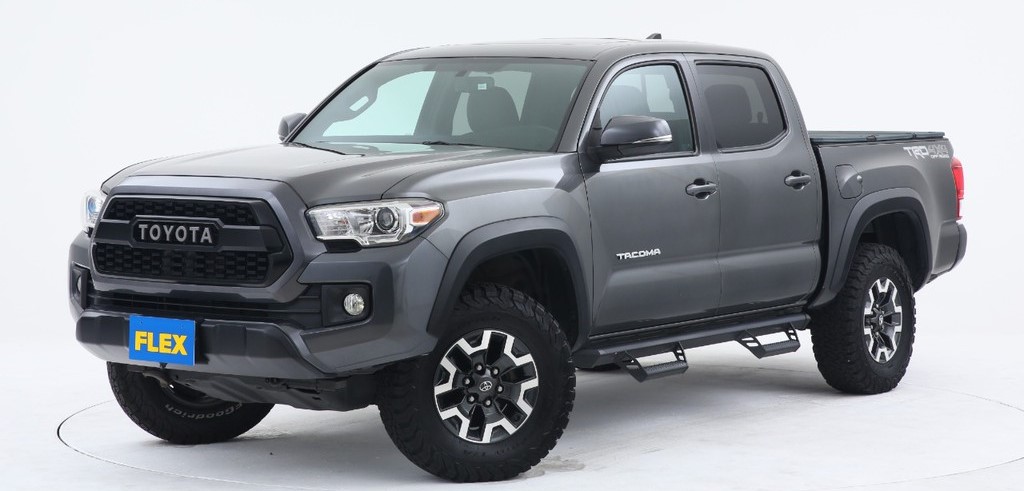
Why do people prefer JDM cars over US specification versions?
Since there are differences between the JDM cars and the U.S. spec cars, the preference is entirely personal.
Owning a JDM car in the U.S. is more about having a passion for the JDM rather than the need for transportation, so these vehicles have more value to owners than their U.S. counterparts. Since they are rare in the States, they have an exclusivity about them that adds to their value. Also, they provide their owners with a status symbol, thanks to the car’s rarity.
When parked side-by-side, you can see the differences in the factory parts, model names, trim levels, and optional equipment. Many of the JDM cars are manufactured with performance-oriented versions that are popular with the tuning and modification culture. There is a wide range of aftermarket parts and customization options that draws the tuning crowd.
The tuner crowd appreciates the legacy of these cars and embraces the racing history that comes with that. They also find these cars easier to modify and customize to meet their needs. These cars are also fun to drive with a much more exhilarating experience and hands-on connected feel with the road.
For example, in Japan the Nissan 300ZX is known as the Fairlady Z and sports a different emblem and is a right-hand drive for the streets of Japan. Additionally, options like a twin-turbo or a T-top or hardtop are options only available in Japan.
Fast & Furious

Culture also plays a role in the popularity of the JDM cars. If you’ve ever seen the Fast & Furious movies, you know that the movies focus on street racing. With 10 films produced and an 11th in the making, this franchise has been instrumental in the uptick in the JDM’s global popularity.
The movies have presented customized JDM cars as an extension of the driver’s personalities, which has sparked the imagination of car lovers everywhere. These movies have been instrumental in giving the JDMs a boost in cultures outside of Japan, which has served to increase their popularity and worth within the country.
The JDMs featured in the films include the Toyota Supra, Honda S2000, Mitsubishi Lancer Evolution, Nissan Skyline GT-R, and Mazda RX-7. While these sports cars have always been a favorite among enthusiasts, the Fast & Furious series have emphasized their drivability, flashiness, and sportiness, which have increased their appeal.
Even if they do end the Fast & Furious series, the popularity of the JDM will not wane as the street racing fever will always appeal to a subset of car enthusiasts. While they may not be for everyone, those who love performance and cars appreciate vehicles that deliver thrills. These cars still live on in video games like Grand Turismo and Need for Speed.
Difference Between American and JDM cars
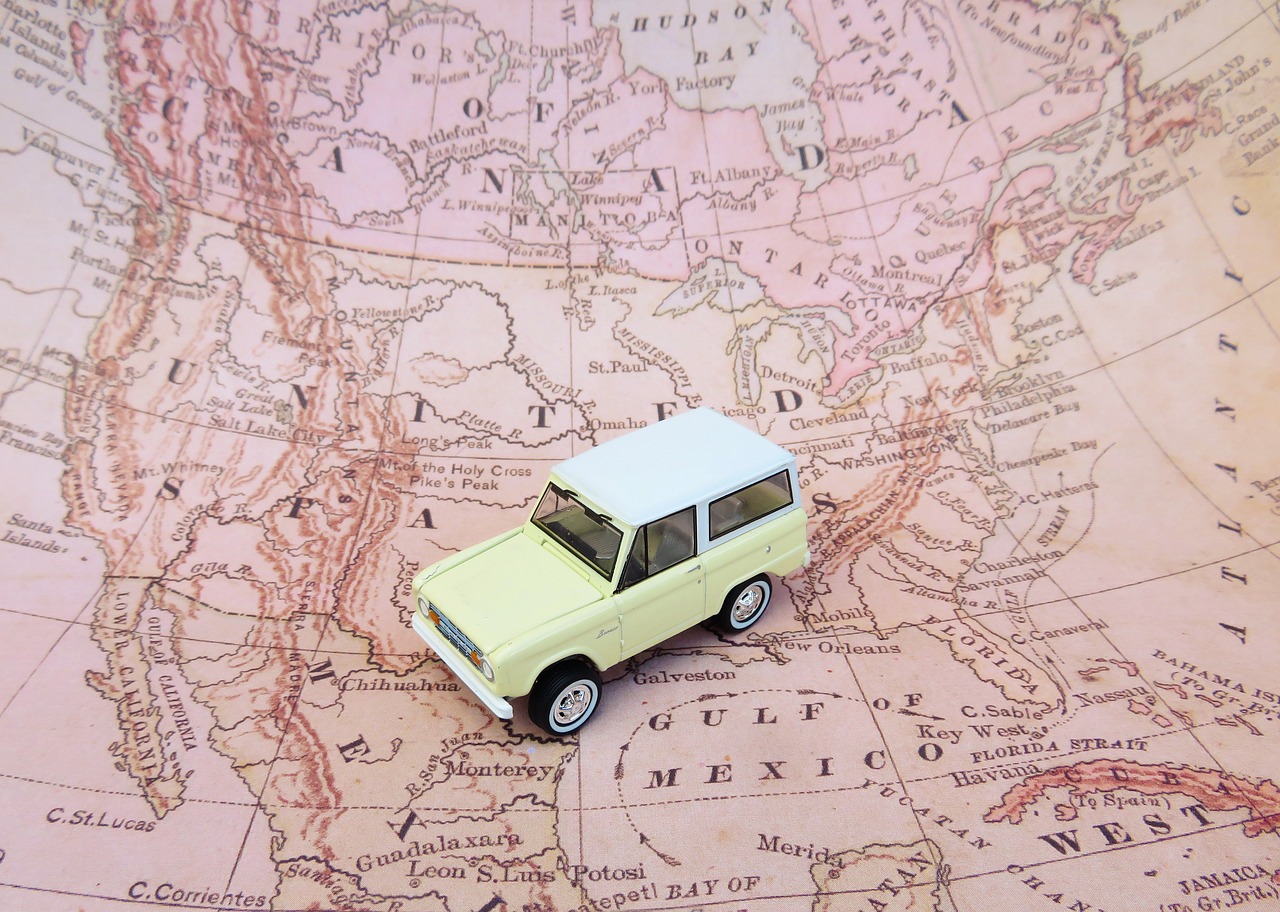
Outside of the physical variations between the JDM and U.S. spec cars, a difference between the two is in the ability to purchase the car you want.
Japanese cars built for the U.S. market can be purchased at a licensed dealership, driven off the showroom floor and onto the road without doing much more than putting a license plate on them.
JDM cars are different. Since they are built for Japanese roads, they adhere to the Japanese laws and meet the manufacturing standards of that country. They may not always be street legal in the U.S.
Are JDM cars Legal in the US?
Federal Motor Vehicle Safety Standards (FMVSS) apply to all motor vehicles driving on the U.S. roadways, and those standards restrict the use of right-hand drive to vehicles that meet certain safety requirements, such as USPS vehicles, or are over 25 years old.
Cars manufactured over 25 years ago may be legally imported into the States without adhering to FMVSS standards. As of 2023, this means JDMs manufactured before 1998 may be imported.
There are a few exceptions to the 25 year rule when it comes to bringing newer JDM vehicles to the U.S. Cars may be temporarily brought in as show cars or racecars, but it’s almost impossible to register them for street use.
In many ways, car enthusiasts in America have missed out on some spectacular Japanese vehicles that are unavailable in the U.S. because of these regulations. Fans of the JDMs will need to wait until 25 years have passed before they can get the cars they crave.
Are JDM cars cheap?
While everyone wants to spend the least amount of money on their car, prices can be an obstacle when it comes to getting a JDM car.
It comes down to supply and demand when pricing a JDM car. As the numbers of available cars decrease, prices increase. Naturally, all prices vary depending upon the make and model desired. For example, the Nissan Skyline GT-R (R34) averages $210,000, while the Toyota Supra RZ (A80) averages around $90,000.
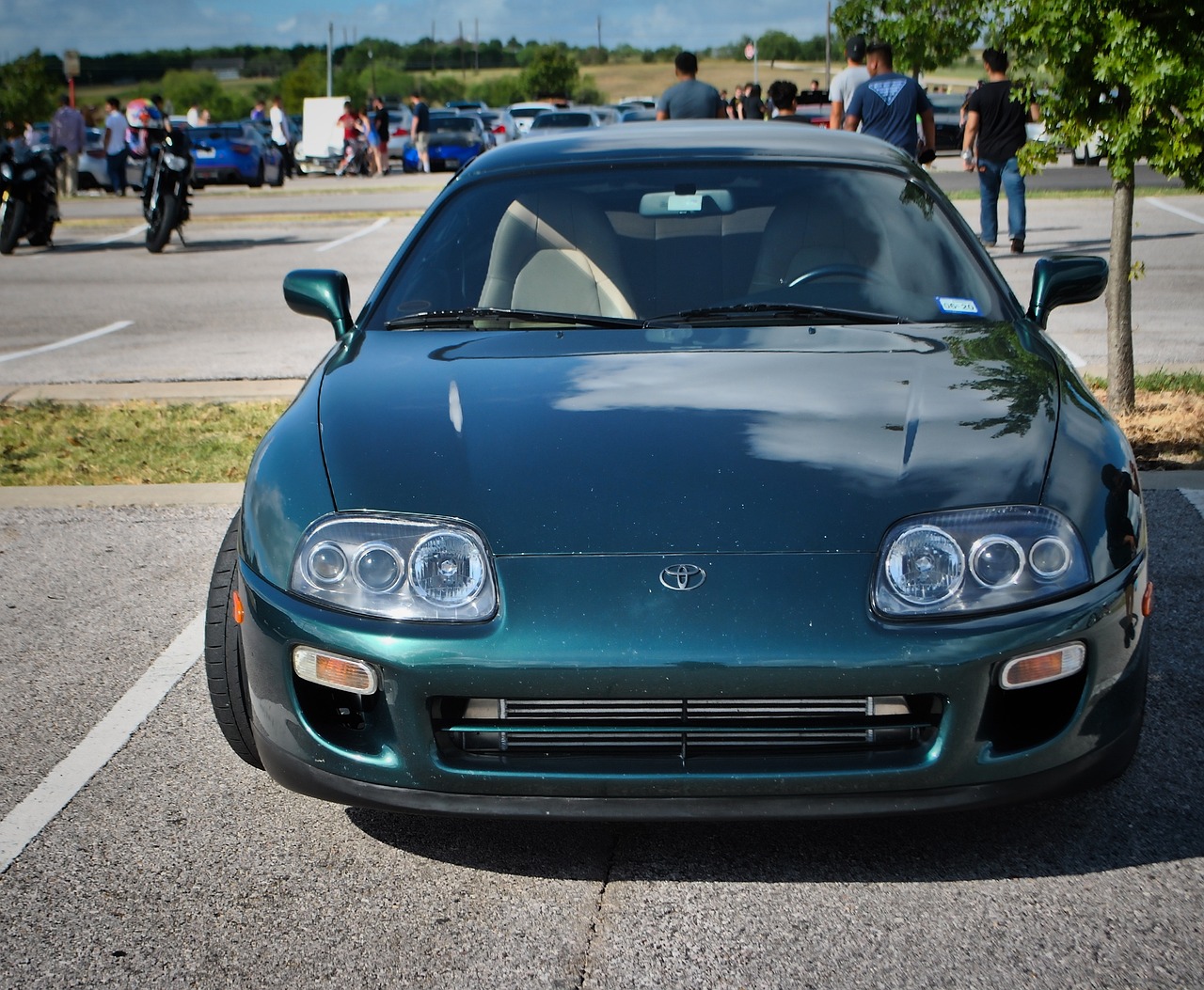
Market prices fluctuate due to the popularity of the cars by U.S. consumers, which raises the price of the car in Japan. Typically, JDM cars that are 10 years old or older tend to become less expensive, but that has changed due to the public’s desire to own certain cars.
The popularity of the JDM has owners and sellers recognizing that these cars are more than transportation and have begun to price them to make a profit. At the same time, transportation costs have raised significantly worldwide, which makes it quite costly to transport a car from Japan into the United States. Transportation expenses are going to continue to rise, so if you’re considering importing a JDM, then you may want to do it sooner rather than later.
Popular JDM cars
There are various models of JDM cars, but here are some of the most popular models:
Toyota Supra
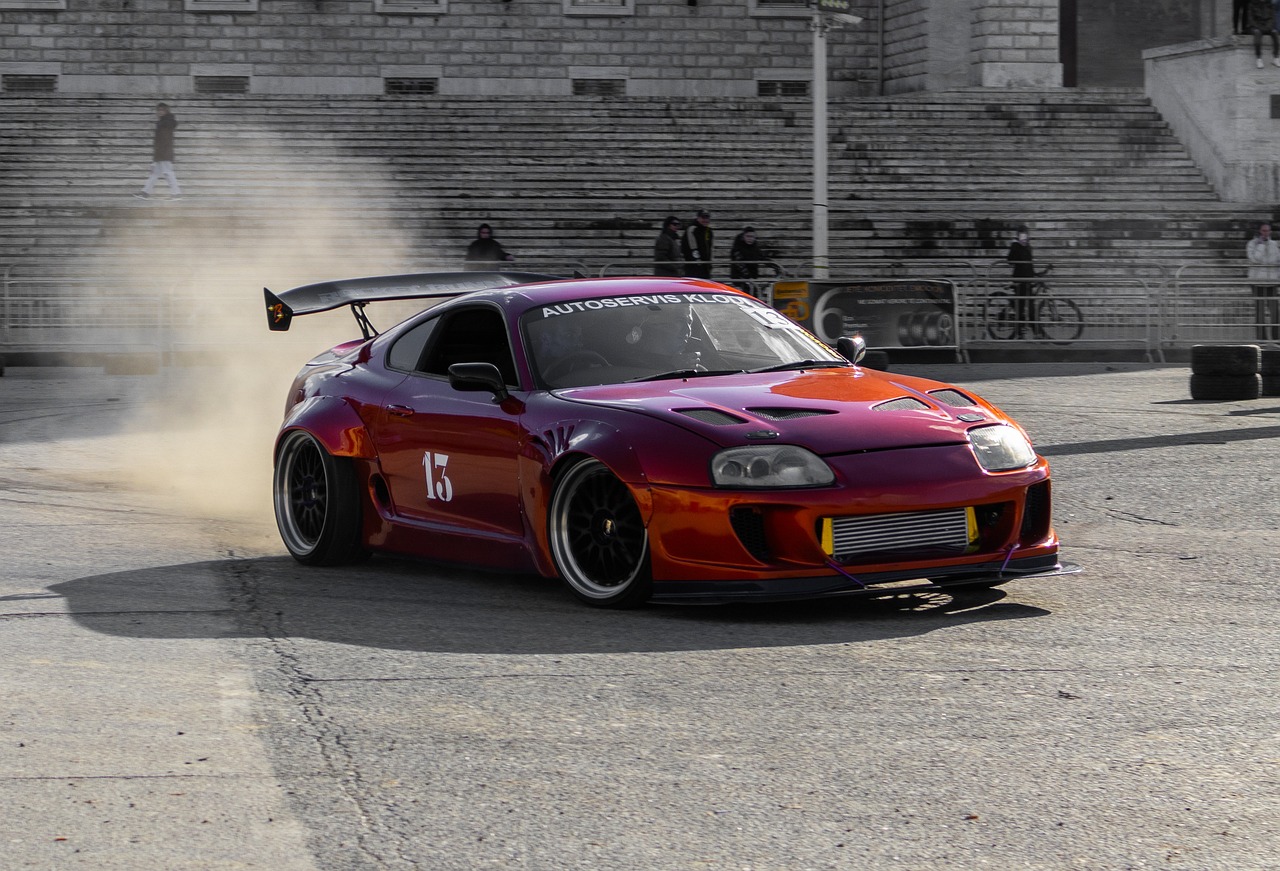
The Toyota Supra was already a coveted sports car, but once it appeared in the Fast & Furious series, it gained a new generation of admirers. The 4th generation A80 has become very sought after. The twin turbo models provide a base vehicle popular with tuners. It is the most iconic car in the movie and is now associated with Paul Walker, which makes it an even more sought out by tuners. After Paul Walker’s death, the car’s popularity soared. You’ll see a white Supra as a tribute to Paul in the Furious 7 (2015) movie.
Nissan Skyline GT-R
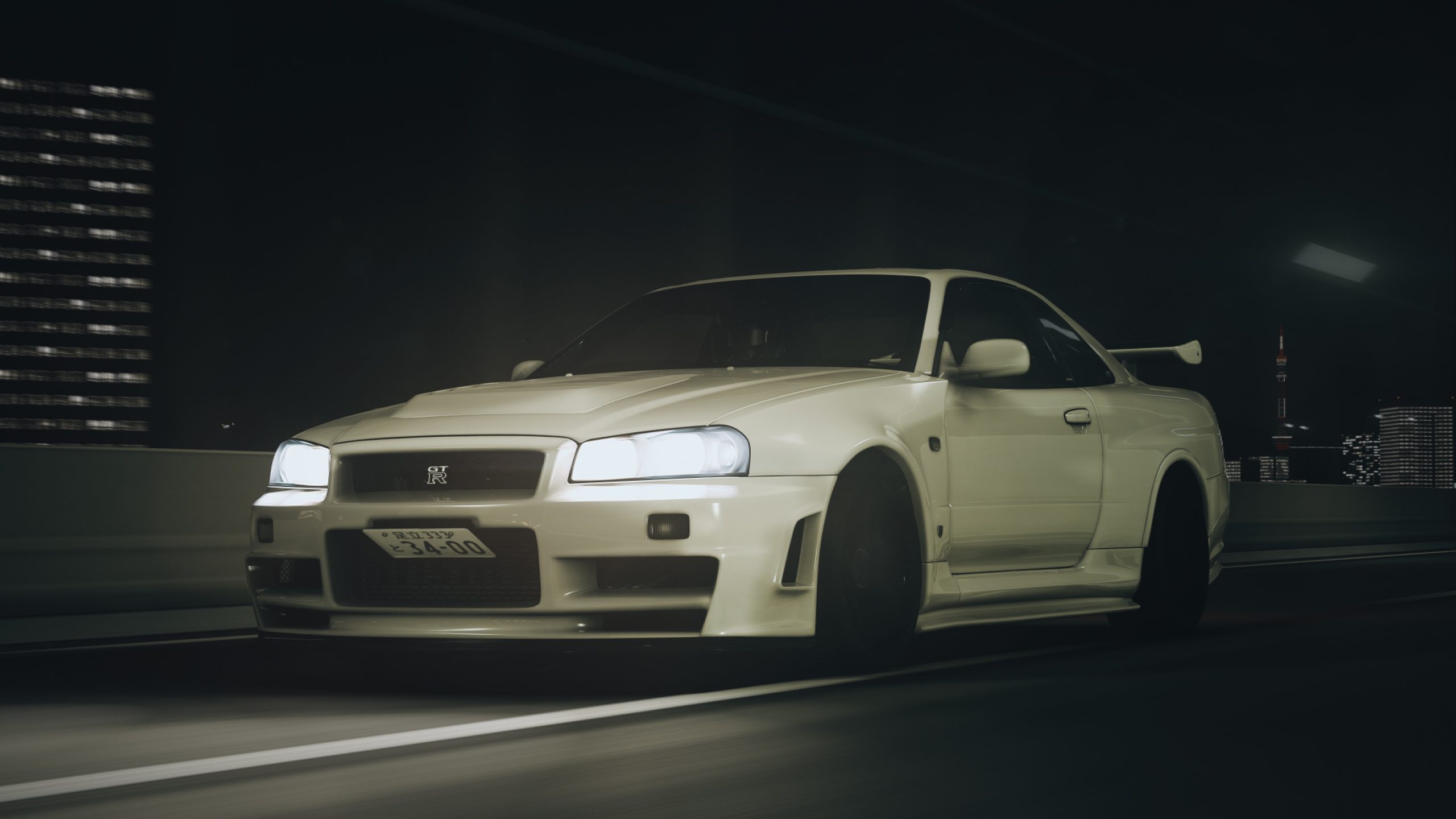
The Skyline GT-R is available in three models: R32, R33, and R34. It too was already a popular car with fans, but once it was in the movie alongside the Supra, its popularity soared. Its 4WD system, innovative for its time, combined with a highly durable high-output engine delivered outstanding driving performance. This car earned the nickname “Godzilla” from the Australian magazine Wheels since it was a dominator on the track. Today, fans of the GT-R still call it Godzilla.
Mazda RX-7
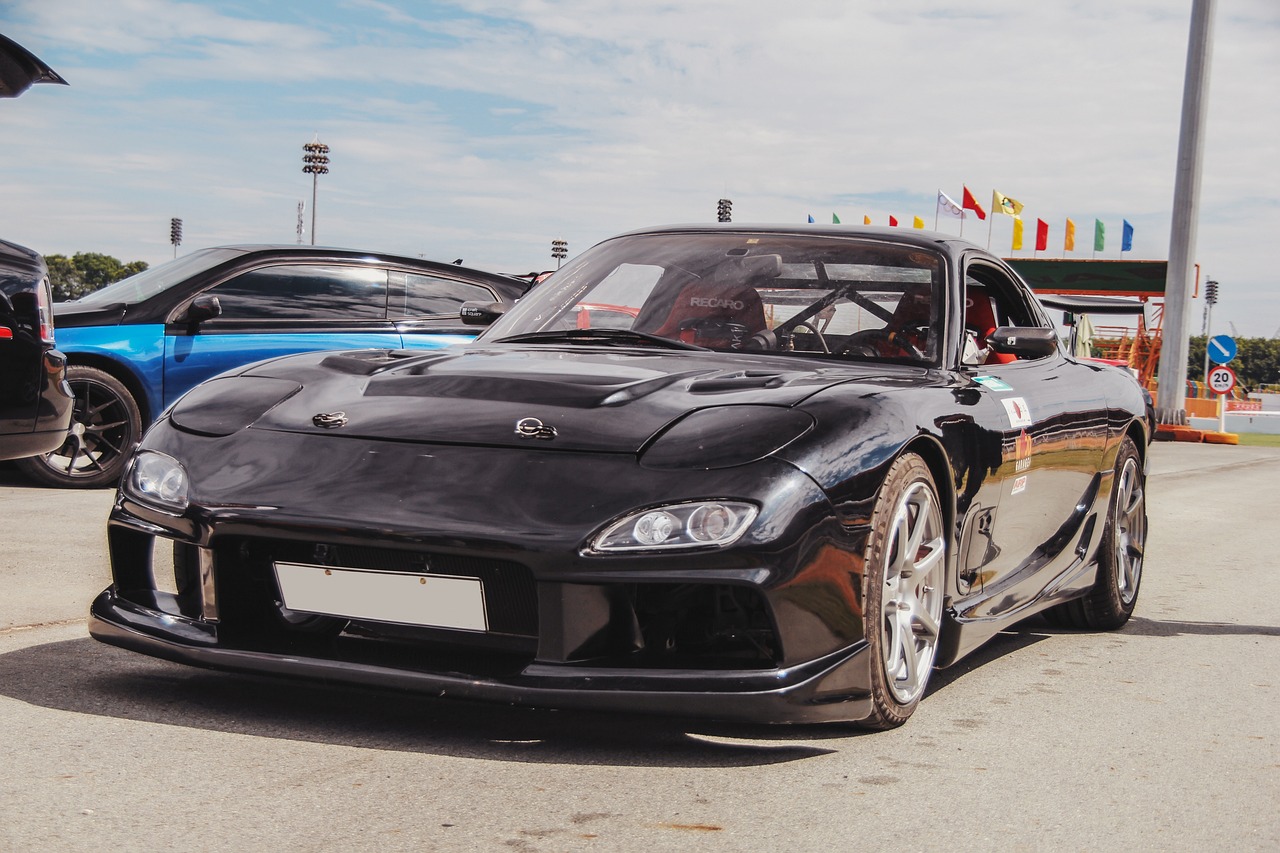
The Mazda RX-7 married a low center of gravity with its unique rotary engine, the Wankel, to deliver a sports car with superb handling, as well as stylish looks. The rotary engine offers a high-rev with a distinct sound, but is prone to apex seal wear. The rare 3rd generation FD is beginning to gain popularity in the United States due to its performance and rarity.
Mitsubishi Lancer Evolution
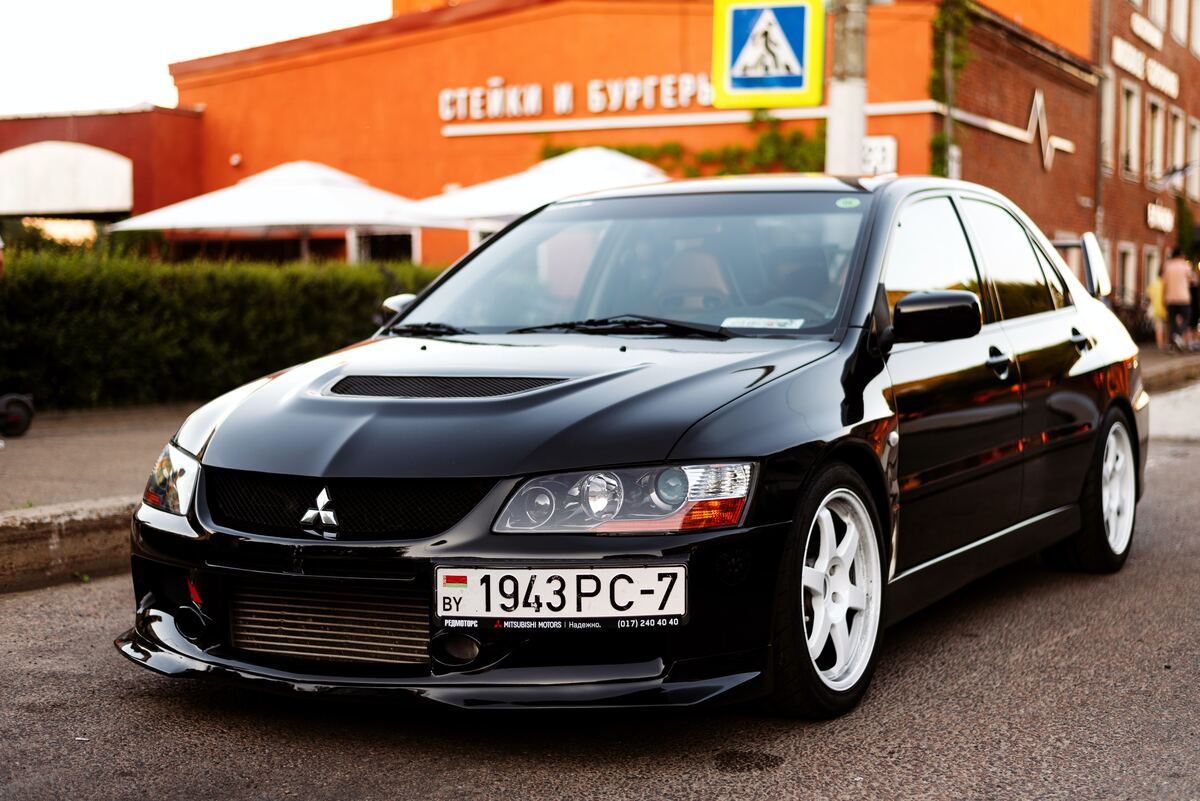
Rally drivers are aware of the Mitsubishi Lancer Evolution (Evo)because of its powerful turbo, unique 4WD, large wing and aggressive appearance. It was originally developed to compete in the World Rally Championship (WRC), so it has on and off-road capabilities. It has a longstanding rivalry with the Subaru WRX STI. The VI/VII/VIII/IX series are especially popular in America.
Subaru Impreza WRX
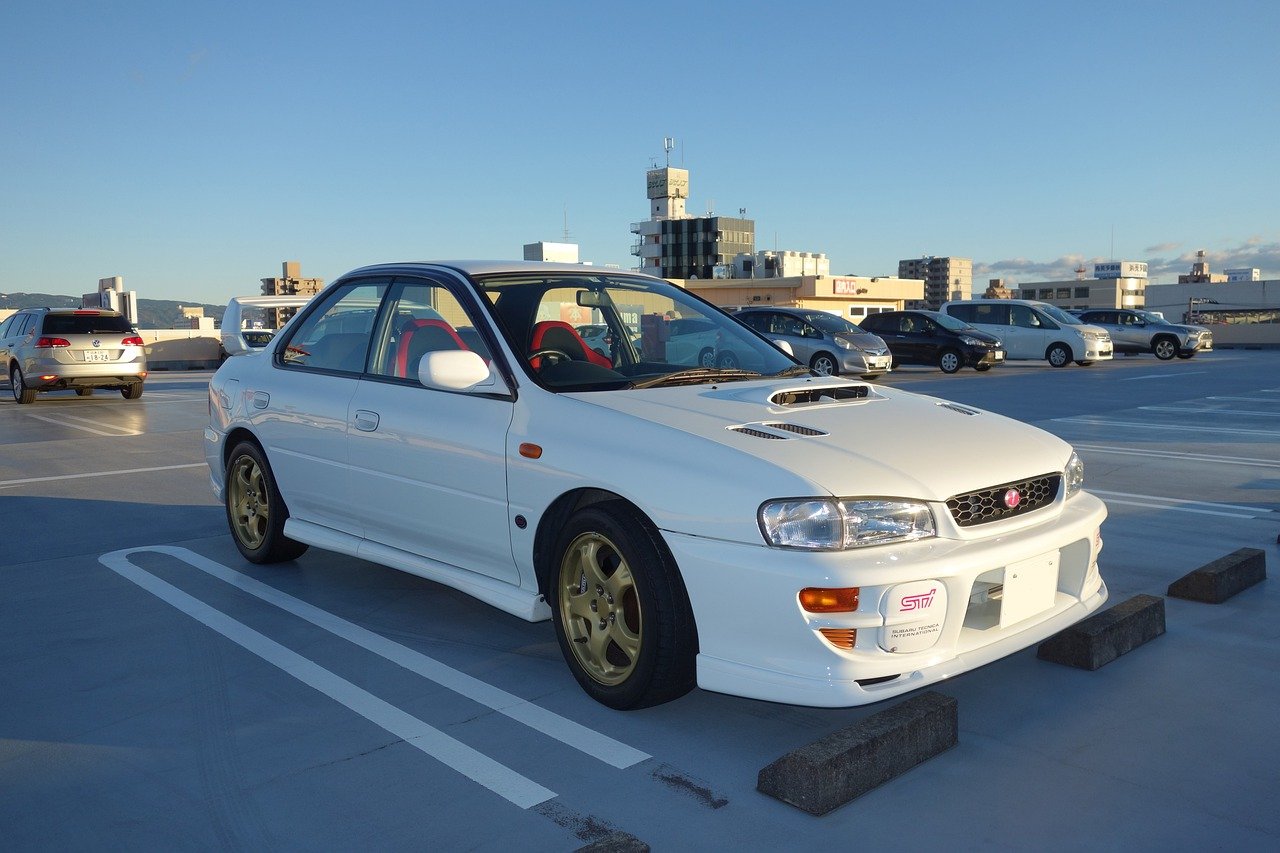
Tuners and rally drivers alike are Subaru Impreza WRX fans, especially the high-performance STI model. Like the Evo, it was developed to compete in the World Rally Championship. The horizontally-opposed engine paired with its symmetrical 4WD gives this low centered car excellent left/right balance. It is recognized worldwide as a performance car.
Toyota AE86
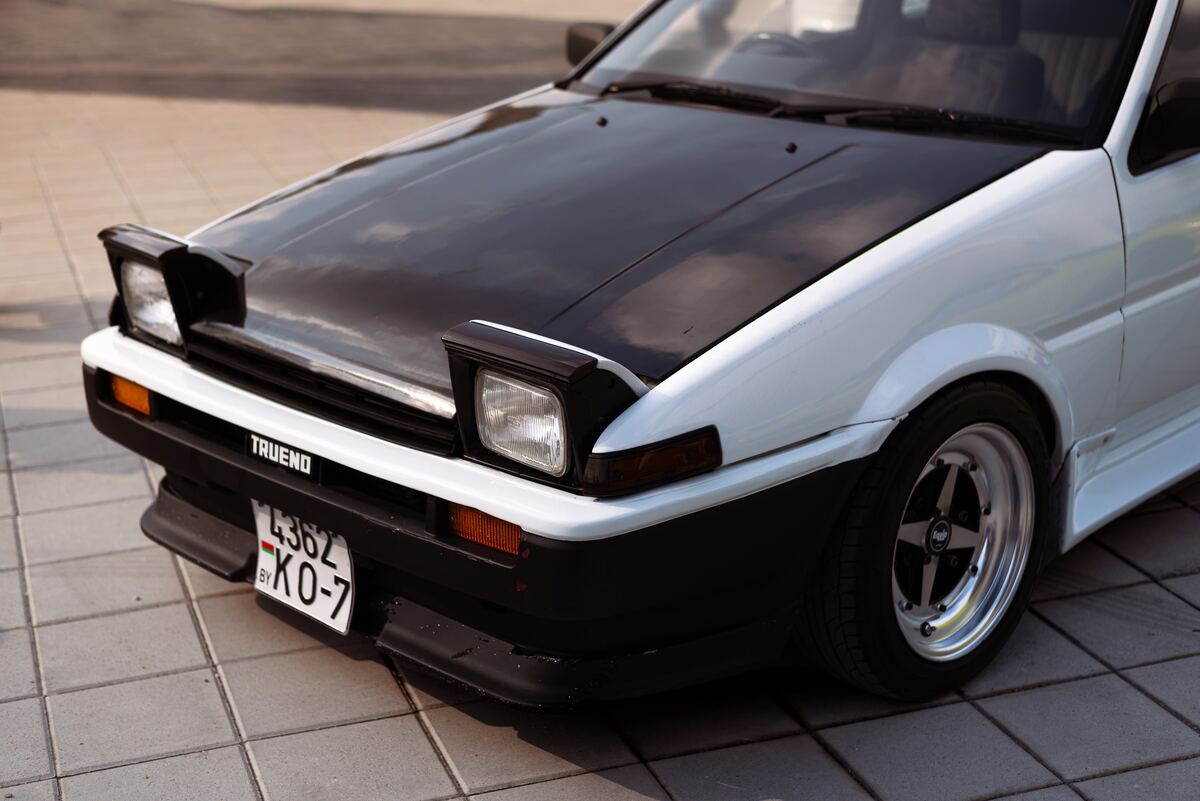
Another car that has gained popularity due to culture is the Toyota AE86, affectionately known as the HACHI-ROKU (translated as 86.) This is the car that sparked the drifter craze after it was featured in the Initial D manga series. After its popularity boost, it was re-evaluated as a RWD lightweight sports car.
Honda Civic
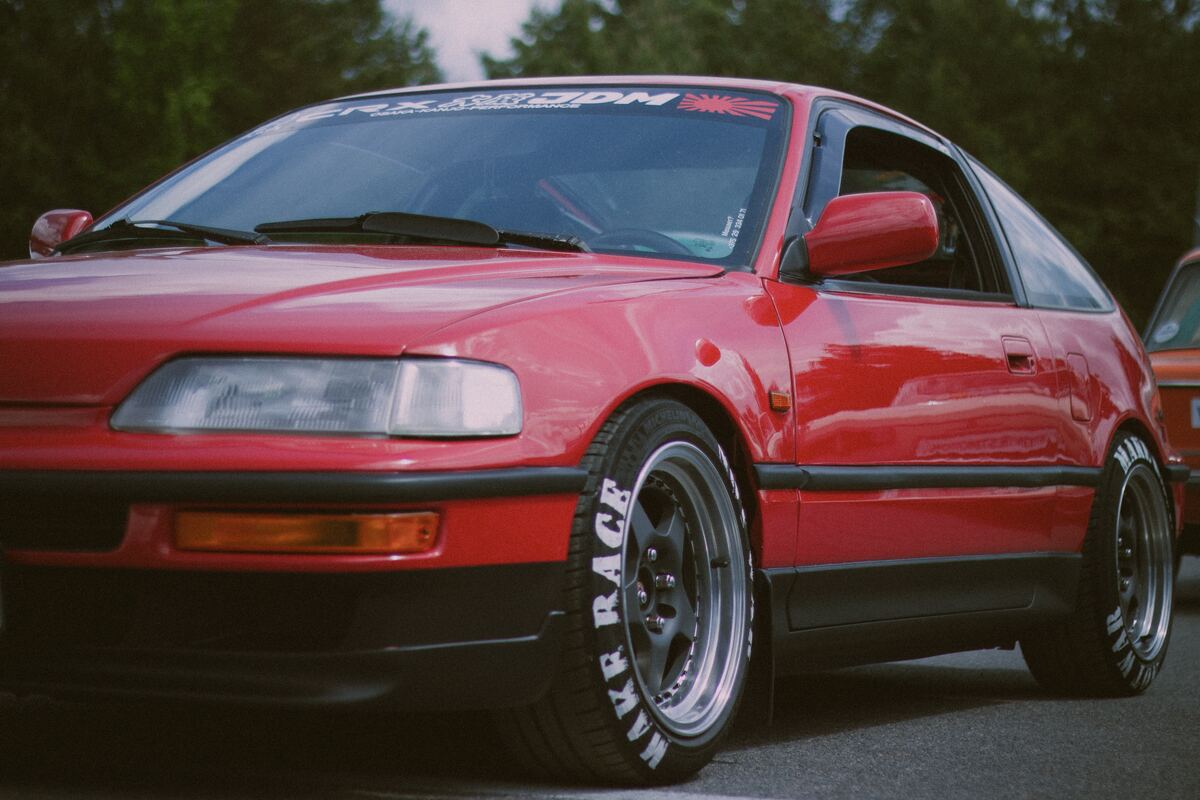
The Honda Civic has come a long way over the years and no longer looks like the little compact car it once was. Today, the high-performance Civic Type-R with its distinctive red badging is sought out due to its precision handling and Honda’s high-performance engineering. It is more than a beefed up Civic; it is a racing machine. Powered by the VTEC, enthusiasts like the transition point where the VTEC kick delivers a noticeable power boost. This car has been featured in the video game Grand Turismo, where players can drive real driving simulators on iconic tracks. The popularity of the video game has recently inspired a movie of the same name.
Good reasons to purchase a Japanese domestic market car
We can think of a lot of reasons why we recommend buying a JDM car. One of them is that they are definitely unique when compared to the American cars.
Here are a few more reasons:
Reliability
Japanese reliability is a well-documented fact. Check any review site like J.D. Power, Edmunds, or Car and Driver and you’ll see high marks for reliability across the spectrum of makes and models. JDM cars adhere to those same exacting standards. American cars may be improving, but Japanese cars have consistently scored higher. Plus, Japanese cars are easy to maintain and repair.
Mileage
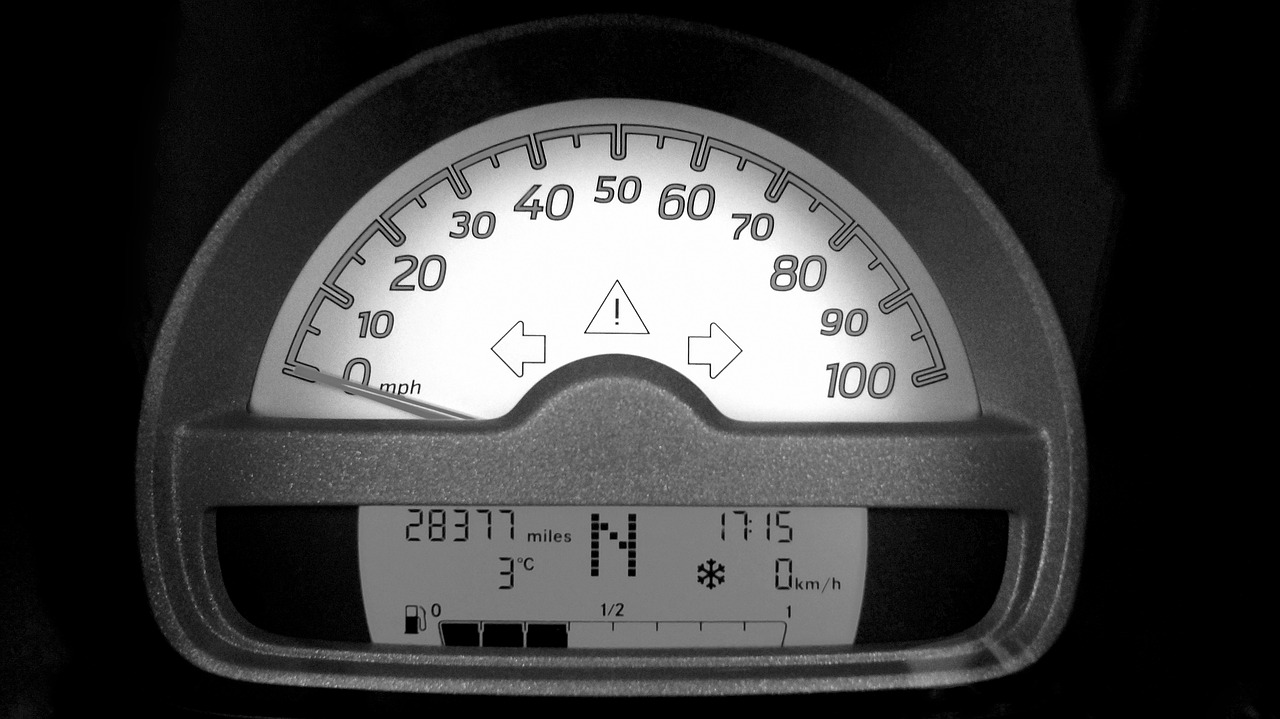
In Japan, the current average annual mileage is less than 10,000km /6,200 miles. Once a car reaches 100,000km/62,000 miles, the value tends to drop, and people don’t drive them as much. By the time the car reaches 25 years old, it may have quite a few miles on them.
Superior Fuel Efficiency
JDM cars link power output to fuel efficiency by using smaller displacement than American cars.
For example, the Nissan Skyline GT-R (R34) produces 280 horsepower by combining two turbochargers with a 2,600cc engine. American sports cars generally increase the displacement without using a supercharger, so they use large engines with 5,000cc and 7,000cc displacements, which are less efficient.
Unique style
JDM cars were built under the old taxation system where the rate was based on the body size of the cars. That system is now obsolete, but many manufacturers are still operating on the old size restrictions. You’ll find many JDM cars look much bigger than they actually are thanks to the old tax system.
They’re usually well-maintained
Even older used JDM cars are usually in very good condition since many owners keep these cars as a hobby and do regular maintenance on them. In addition to maintaining the parts and performance parts, the paint and body parts are well-kept. Cars in Japan are subject to inspections every two years, so you’ll find that JDM cars are very high quality.
Resale value
Resale value is always a consideration when buying a car and it can make you hesitant to buy. As noted, rarity and popularity play as significant of a factor in the car’s value as mileage and condition.
For example, the Nissan Skyline GT-R Vspec II Nür (R34 limited edition) sells for around 26 million yen, or $173,000 in U.S. dollars, in Japan, but in the U.S. the same car can sell for almost $240,000 USD, which is higher than the price in Japan.
Should you buy a JDM car?
If you’re wondering whether or not to buy a JDM car, make sure you take in all of the factors like personal preference and expenses. As noted, JDMs are different than U.S. models and have a larger resale value, which make them an attractive investment. However, JDM cars come with their own complications like cost, maintenance, and meeting emissions and safety standards.
On the plus side, JDM cars have a lot of appeal that can make up for the negatives. They are sought after vehicles, and there are international groups online where you can connect with other JDM owners and fans. By talking with other owners, you’ll learn more about your car and will appreciate it even more.
If you covet performance and want to take control over your car’s ability to deliver an exciting ride, then the JDM is the right choice. The tuner culture is vast and is catered to by many aftermarket companies that provide products like throttle boosters and programmers that will increase horsepower and torque.
Since JDM cars are usually a car that is out of production, there will be no more in the marketplace. A smaller group of car owners helps raise the value of your purchase.
How to Buy a JDM car?
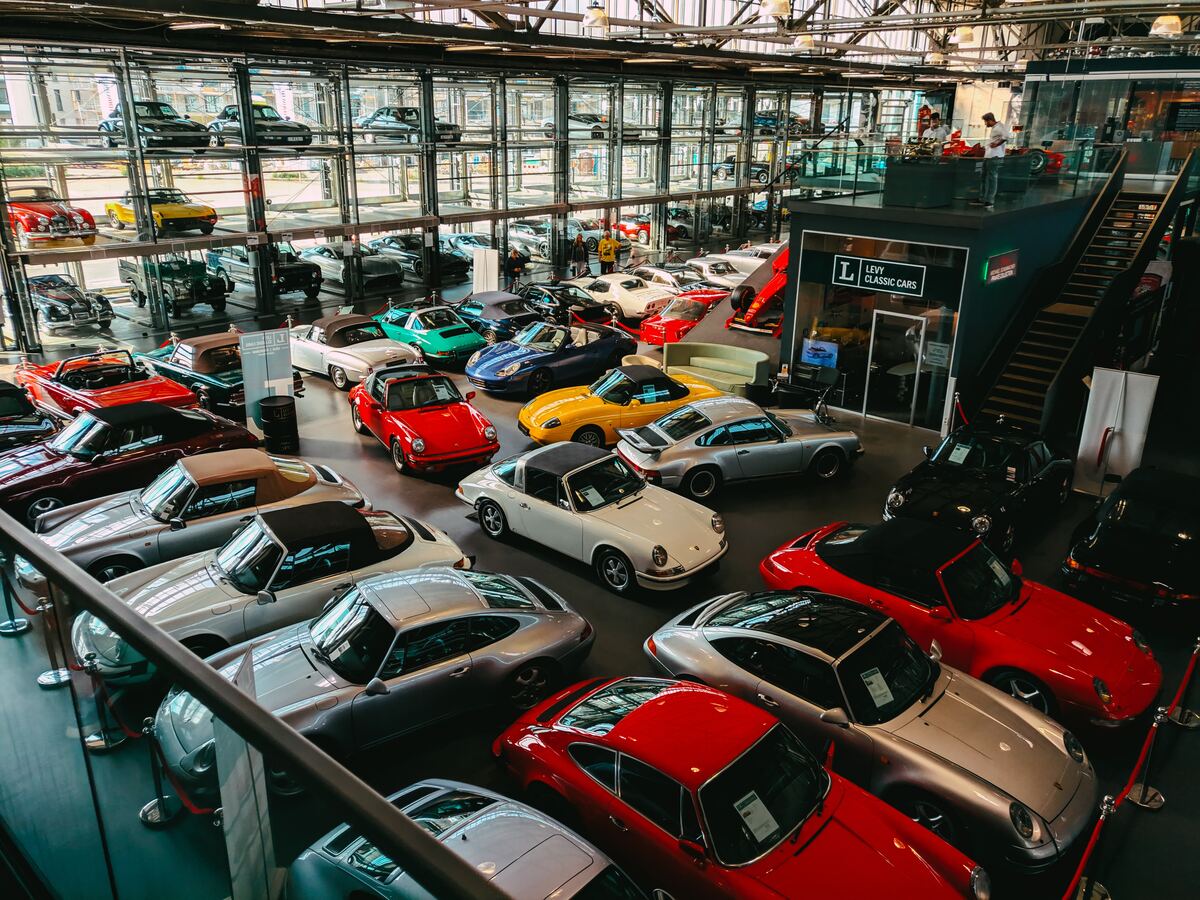
Let’s look at the three ways you can buy a JDM car in the U.S.
1 Purchase from a private seller
2 Import from Japan yourself
3 Hire an importer
Each of these methods comes with their own pros and cons, so we recommend that you research them carefully before making your decision.
1. Purchase from a private seller
Like buying any used car from an individual, it’s important that you get as much information you can about its condition and its history. You need to physically inspect the vehicle before you commit to it. If you can’t do any of these things, it’s best to not buy the car until you can see it in person and talk to the owner. An advantage of buying from a private seller is you may be able to negotiate the price.
On the con side, the seller may not tell you about known defects, and you may miss seeing damages or defective parts. They may have added lesser quality aftermarket parts that will need to be removed or replaced. Modifications and customizations may be subpar.
Another consideration is whether or not the car meets the legal requirements to be driven on the roadways. Make sure that it is over 25 years old, the car is up to exhaust emissions and safety standards, has a clear title, and meets the inspection requirements of your state.

2. Import from Japan yourself
If you know someone in Japan or have access to a Japanese dealership, you may be able to find a JDM to import. Once again, it’s important to be able to assess the car’s condition. Since there are not that many people searching for cars in Japan from the U.S., you may be able to locate a car that has the specs, optional equipment, and customizations you’re looking for.
On the con side, you will need to do all of the paperwork yourself. You’ll be responsible for making all of the import arrangements, clearing customs and doing that paperwork, handling inspections, and then paying the taxes or fees on it. After that you need a storage facility where you can park it before your transport team can get it to you.
Also, don’t forget that there may be a language barrier, and that the Japanese have different terms for cars that may be unfamiliar to you.
3. Hire an importer
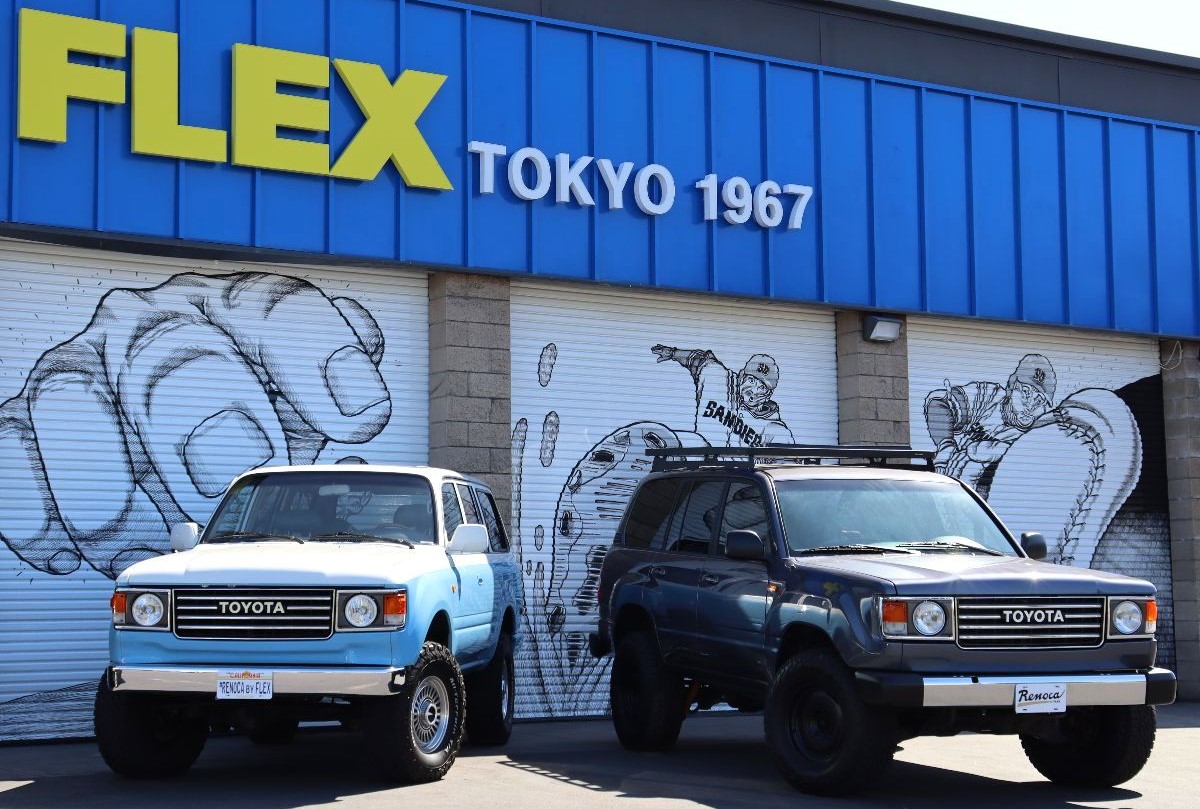
There are companies like JDMcars.jp and Flexmotor.com that import foreign cars not officially sold in the United States. Experienced JDM importers like FLEX Automotive have strong ties with local dealers, so they can find a variety of vehicles based on the one you want.
You will still need to contend with the costs associated with importing a vehicle like shipping, taxes, processing, and their profit. By hiring someone to do the work for you, you save yourself the hassles of trying to buy it yourself.
Summary
Regardless of the option you choose, we always recommend that you do your own due diligence before buying a JDM. Make sure you know the car’s history, its approximate resale value, the popularity of the model, and what specifications it has in Japan.
Once you’ve purchased the car, make sure your VIN and documents all match, and that you know which laws and regulations you must comply with to legally license and title it for the U.S. highways. Don’t forget to make sure that it can pass inspection, and that mechanical defects and interior and exterior problems won’t stop it from passing.
There are always other expenses to car ownership, so research costs for repairs, insurance, maintenance, and parts availability prior to purchase.
If you do it right, you’ll enjoy being one of a very few people in the United States with a JDM car. These cars are noticeable on the roadways, and they truly are both iconic and unique. Don’t forget to go online and join other people with the same passion as you for these cars. JDM ownership can be very rewarding.
What can FLEX do for you?
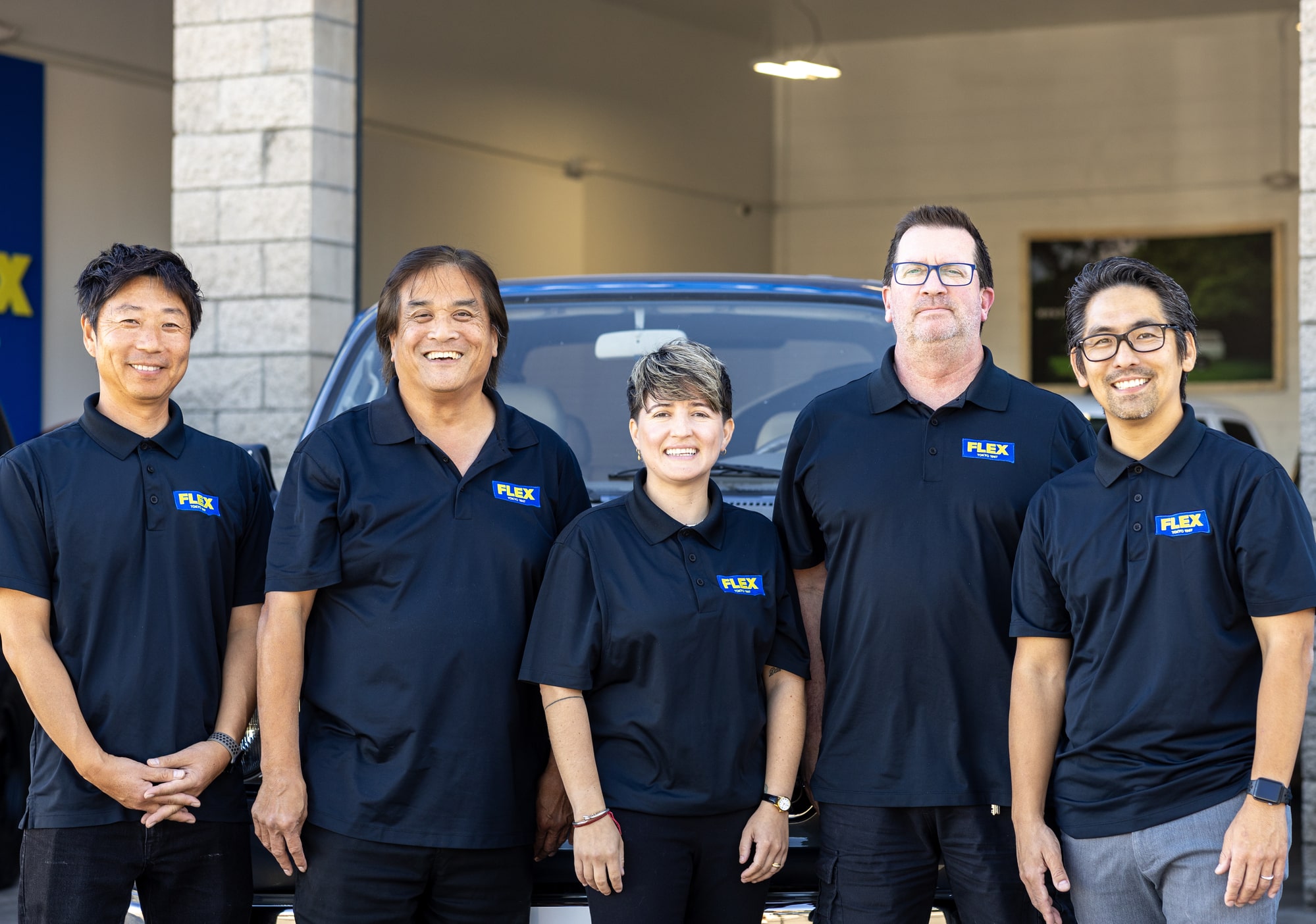
With 17 locations in Japan, FLEX dominates the pre-owned Land Cruiser market. We’re more than happy to help you with importing a JDM from Japan to meet your request for a customized Land Cruiser.
If you have any questions, please feel free to contact us!


